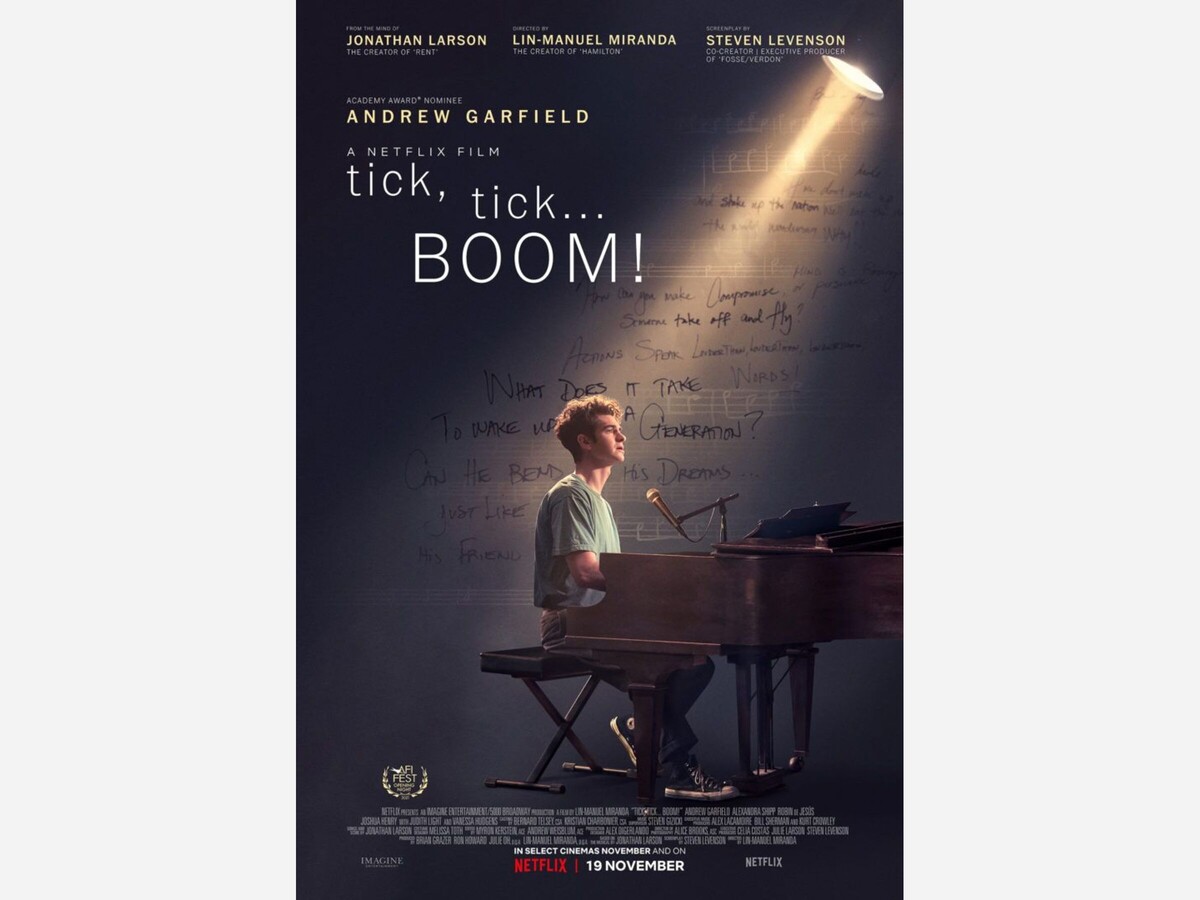Image

Directing for the stage and directing for the screen are two different skill sets. Anyone who has seen a stage performance of a play or a musical can attest to the fact that the style of acting in the two mediums vary greatly because of how different the audience’s point of view is. When someone sits in the audience of a stage play, they have to take in the entire stage at once and typically are not sitting in a close enough proximity to the stage to see the exact angle a director wants with exact precision. This requires the actors to over enunciate their dialogue and use over-exaggerated body language to ensure that the whole theater can get the same experience. A film allows the director to put the camera wherever they want so the actors can use a more nuanced approach to articulating emotion.
Lin-Manuel Miranda is one of a very small collection of directors who has moved between the two and still managed to understand this important difference. This movie manages to take the conventions of theatrical visual storytelling and make them work within the confines of a film, which is no small feat. On top of that, not only does the movie work but the acting performances from Andrew Garfield as Jonathan Larson and the rest of the supporting cast are all among the some of their best. The cinematography is also top notch and manages to both create a theatrical sense of scale while also paying homage to the roots of this story as a stage performance.
The story is a deeply relatable one for anyone who is struggling to measure up to the successes of others in their age group. It tells the story of the crisis of confidence that Larson has as he turns 30 and has yet to achieve his dream of having a musical on Broadway. He looks to other playwrights who have achieved notoriety at his age and sees it as a failing on his part that he has not yet achieved that. In an age of social media where everyone is curating their life to create the best possible image, this story is as relevant now as it was when it was written in the early 1990s.
From a visual standpoint, the movie does two very interesting things to help tell the story in a unique way. The film recreates the visual style of an early 90s camcorder to create the illusion that the audience is watching a home video of the events. This adds a layer of fidelity to the film by making the audience feel like they are watching an incredibly close recreation of events. The second thing the film does is use the stage play as a framing device to add to the feeling that the viewer is watching a dramatization of a stage play. There is a sequence when Jonathan and Susan are getting into a fight about midway through the picture which has a frantic sense of confusion added to it by the musical number playing from the framing device as it cuts back and forth between the two.
This movie is well worth the time to watch and is available to watch on Netflix, included with the regular subscription price. It is a strong directorial debut for Lin-Manuel Miranda and is certainly going to receive a large amount of awards buzz going into awards season.
Rating: 9/10